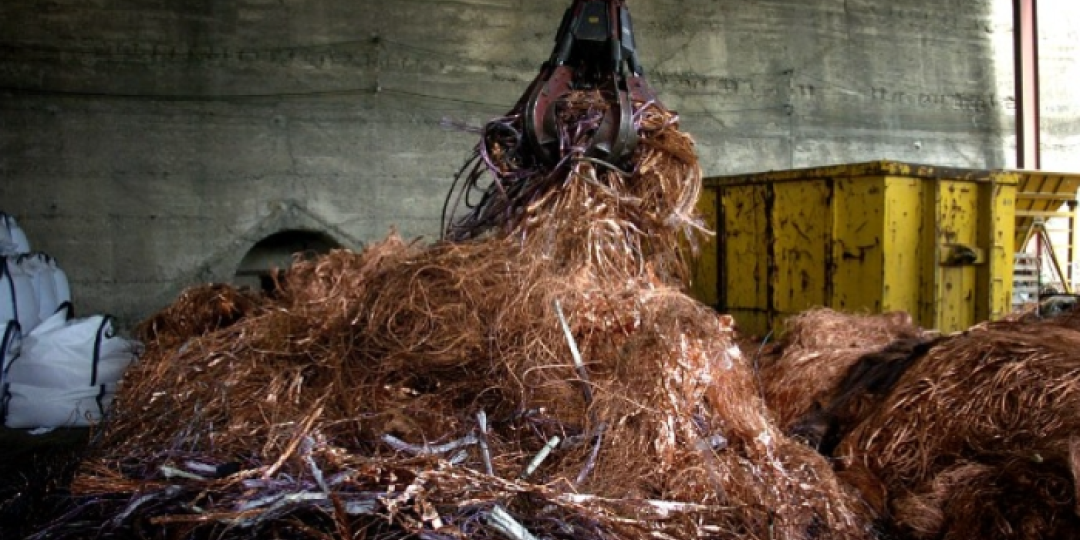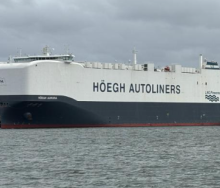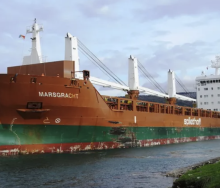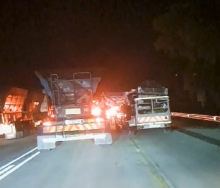As scrap copper prices rise, theft of high-value cable typically increases, with railway networks seen as a soft and lucrative target due to their often-isolated locations, small security forces and high-value cables.
According to rail-tech company, Sensonic, systems-paralysing incidents of electrical infrastructure theft aren’t isolated to South Africa, where in the last financial year 591 kilometres of the National Corridor (NatCor) Line between Johannesburg and the Port of Durban was ripped up, equaling 79.8% of the entire 740km line.
Cable theft data gathered from Europe and the UK has led Sensonic to proclaim that “the scale of this security challenge is large.
“Network Rail in the UK cited cable theft costs of over £43 million in 2014.”
There were also more than 2000 hours of vandalism or theft-related train delays over the past 12 months.
“In one six-week period, the costs of cable theft in one region totalled almost £630 000.”
Sensonic added that “the story is similar across Europe with Belgium suffering 3 times as many cable thefts in 2022 than the previous year incurring over 500 hours of train delays.
“In recent years Germany has also seen cable losses of more than €15 million. Thefts in Germany are also up 21% compared to last year. Some estimates put the annual cost of cable theft across Europe at nearly €9 billion.”
Research done by Sensonic supports the view of Rudzani Ligege, managing executive at Transnet Freight Rail, that South Africa’s state-owned logistics can’t police every section of the NatCor Line, especially where it passes through remote regions.
However, whereas cable theft in Europe and the UK is hardly ever opportunistic, informal densification along South Africa’s most important railway lifeline compounds perceived large-scale theft of cable by syndicates.
This type of crime, says Sensonis, “is usually planned, with criminals visiting and preparing the site before any cables are cut.
“Often the site is visited several times to look for potential security patrols and ensure high-value cables are easily accessible. The trough lids on cable ducts are usually removed, and the signalling or power cables are inspected to ensure their value and accessibility at points along the cable route to be stolen.
“Any cable restraints securing the cable to the infrastructure are cut and removed leaving the cable easy to remove in a future theft visit. The trough lids are then replaced to avoid raising any suspicion from passing patrols or staff. All these precursor activities are completed before any cables are cut, and before infrastructure owners know that assets have been targeted for theft.”
Responding to an article posted in Freight News on 5 June, Sensonic said it’s possible to detect events before cables are cut and, in addition, monitor precursor site activities delivering vital asset security risk intelligence.
“This early warning without reliance on patrols or discrete sensors and cameras can alert networks and authorities before cable theft occurs – providing the opportunity to prevent costly railway disruption.”













